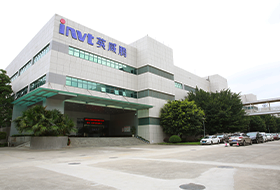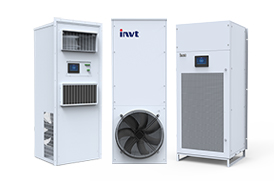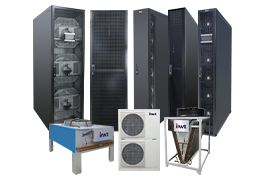Data Center Power Supply Selection: Advantages and Disadvantages of Traditional UPS and HVDC Power Supply Systems
Both traditional UPS (uninterruptible power supply) and high voltage direct current (HVDC) power supply systems are common power supply solutions in data centers. They have different working principles and characteristics, the following is a comparison between them:
1. Working principle:
- Traditional UPS: The traditional UPS system uses AC input, converts the AC power to DC power through the AC/DC rectifier, and then converts the DC power to AC power again through the DC/AC inverter to provide stable AC power for the equipment.
- High-voltage DC power supply system: The high-voltage DC system directly converts AC power into high-voltage DC power, and then supplies DC power to equipment through a DC power distribution unit. It avoids the inverter link and directly provides DC power to the equipment.
2. Efficiency:
- Traditional UPS: The energy conversion process in a traditional UPS system involves two transformations, namely AC to DC and DC to AC, and each transformation causes energy loss, so the efficiency is relatively low.
- High-voltage DC power supply system: The high-voltage DC system avoids the inverter link, and the number of energy conversions is less, so it has higher efficiency. The efficiency of HVDC systems can usually reach more than 96%, which is higher than that of traditional UPS systems.
3. Reliability:
- Traditional UPS: The traditional UPS system adopts redundant design, commonly 2N or 2 (N+1) redundant configuration, in order to improve the reliability of the system. However, the complex structure and parallel design of UPS systems may increase the risk of failure.
- High-voltage DC power supply system: The high-voltage DC system has a simple topology structure, and can adopt modular design and parallel machine technology to improve system reliability. The simplicity and reliability of the DC power supply enable the high-voltage DC system to quickly switch to the backup power supply when the power supply is interrupted, ensuring continuous power supply of the equipment.
4. Flexibility and scalability:
- Traditional UPS: The traditional UPS system usually appears in the form of a complete machine, with large equipment capacity, and relatively cumbersome expansion and transformation. Although there are solutions for modular UPS, there are still some reliability and parallel complexity issues.
- High-voltage DC power supply system: The high-voltage DC system adopts a modular design, which can be flexibly expanded and distributed power supply according to needs. DC parallel machines do not require the same frequency and phase requirements, making expansion more convenient, and the number of modules can be gradually increased according to the number of IT equipment.
5. Cost:
- Traditional UPS: The purchase and maintenance costs of traditional UPS systems are relatively high, especially when used in large-scale data centers, factors such as UPS capacity, redundant configuration, and battery life need to be considered.
- High-voltage DC power supply system: The initial investment of high-voltage DC system is relatively high, but due to its high efficiency and reliability, it can reduce energy consumption and operating costs and may be more economical in the long run.
To sum up, there are differences between traditional UPS and HVDC power supply systems in terms of working principle, efficiency, reliability, flexibility and cost. When choosing a suitable solution, it is necessary to evaluate and compare based on factors such as the actual needs of the data center, available resources, and budget.

 networkpowersales@invt.com.cn
networkpowersales@invt.com.cn



























